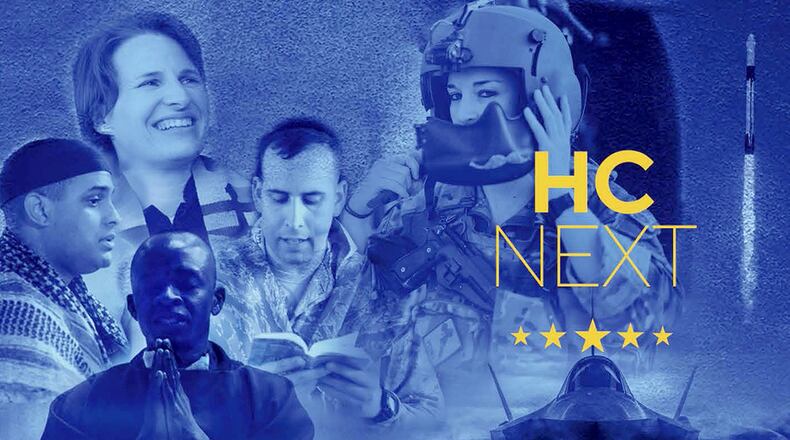HC Next is the brain child of Air Force Chief of Chaplains Maj. Gen. Steven Schaick who talks about inspiring readiness to lift Airmen to reach their overall potential.
“It’s a binding together of our resources and inspirational abilities as it affects the readiness of the U.S. Air Force. We contribute to readiness in a way that no one else gets to. It’s time for us to ‘deploymitize’ the chaplaincy corps,” said Schaick in a video introducing the Air Force program.
As an extended arm of the commander, chaplain corps executes the commander’s priorities and spiritual goals. The religious support team also spends times with troops becoming aware of where needs exist.
As AFMC Command Chaplain Col. Scott Rummage applauds the lines of effort outlined in HC Next as the means to reach the end states where Airmen are spiritually prepared to successfully step out into a deployed situation and back into their family, with confidence.
Through meetings with the first sergeant, Rummage learns how the chaplaincy can help meet specific squadron needs. Once specific needs are identified, he said, resources and manpower can be focused in a more productive way.
Rummage also explained the importance of experiencing the daily challenges squadrons encounter as key to growing spiritual resilience among members. For example, Rummage and other senior leaders often work with squadrons in the identification check lines at the front gate during peak hours where they creatively engage with AFMC Airmen.
“Past work accomplished in chapel buildings has been useful, but in HC Next chaplains must get out into the squadrons and determine the needs of the Airmen. More important than knowing the location of the chapel is knowing the chaplain and being able to say, ‘I know him. He’s my chaplain,’” said Rummage.
HC Next also recommends chaplains emphasize a culture where chaplains deploy with their units.
“AFMC chaplains and religious affairs Airmen enjoy a deployment rate of 35%, the highest in the Air Force,” said Senior Master Sgt. Joseph Laxson, religious affairs functional manager.
HC Next is an evolution in care occurring within the Air Force Chaplain Corps. The program is currently being practiced at some AFMC installations as others determine how the program’s lines of effort align with commander’s goals.
About the Author
